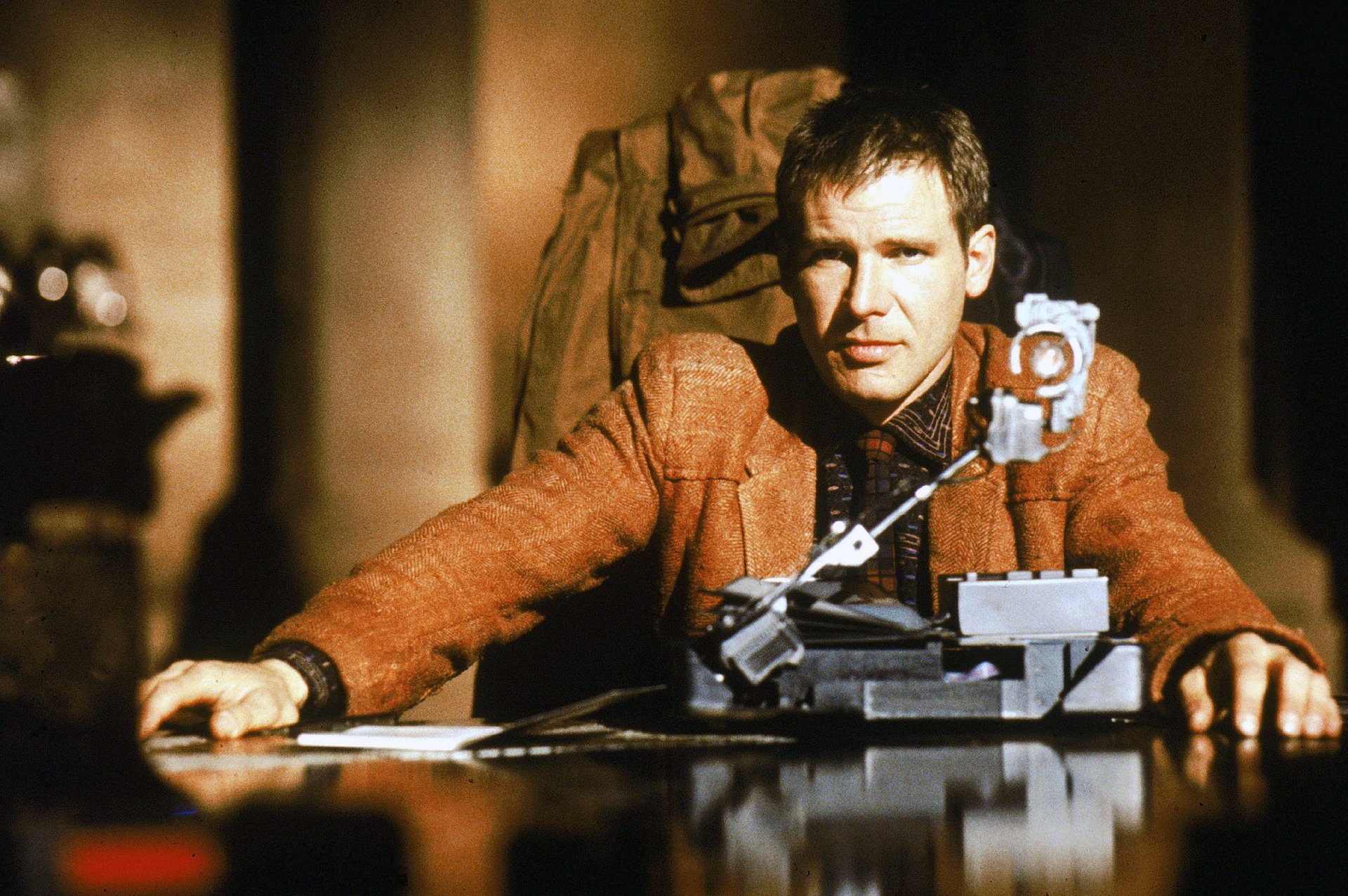The simple reason we’re getting all these long-delayed movie sequels now
Blade Runner is the latest film to be revived after years in retirement.


Blade Runner is the latest film to be revived after years in retirement.
Harrison Ford will reprise his role as Rick Deckard from the original 1982 Ridley Scott-directed film in Blade Runner 2049, due out in US theaters on Oct. 6. The movie itself takes places 30 years after its predecessor. It comes in a year when other beloved-but-aged films got new installments, like Trainspotting’s sequel, which came after a gap of 21 years. And soon after sequels to cult movies like Tron (28 years later) and cultural touchstones like Star Wars: The Force Awakens that brought back the leads from the original trilogy 32 years earlier.
At a time when Hollywood budgets are skyrocketing and boosting the reliance on chart-topping hits, long-delayed sequels have emerged as a way to place big bets with minimal risk. These movies have the name recognition to fill cinemas and guaranteed base of loyalists who will show up on opening weekend no matter what. And many of them are tied to 10, 20, or 30 year anniversaries of the films to pump up the nostalgia factor, like the sequels to Independence Day and Dumb and Dumber.
The trend really revved up again in 2015, when The Force Awakens, Jurassic World, and Mad Max: Fury Road burst into theaters and reignited fans who drove real returns at the box-office. With 30 years since the last film, Fury Road was a particularly big risk—and it was nominated for Best Picture at the Oscars.
Other revivals that year like Creed, a follow up to the Rocky films 29 years after the first one, and Terminator: Genisys also had solid showings worldwide. Tron (28 years) and Wall Street (23 years) also got very late sequels in recent years.
Not all these sequels were huge hits, but most of them at least turned a profit. That’s more than movie studios can say about some of their gambles on original material. Blade Runner 2049 is tracking to earn at least $40 million in its US opening weekend, based on early estimates—more than its predecessor earned during its entire theatrical run 35 years ago, unadjusted for inflation.
There are a slew of distant sequels primed to follow, including ones to Flatliners (27 years) and Jumanji (22 years) this year, soon to be followed by a Tom Cruise-led sequel to Top Gun in 2019 and even a new Terminator starring both Arnold Schwarzenegger and Linda Hamilton, together for first time since 1991. Maybe that Bad Boys revival (now 14 years and counting) will finally get off the ground, too.
Incidentally, this is Ford’s third time reprising a role in a long-delayed sequel. After captaining the Millennium Falcon as Han Solo once more in The Force Awakens in 2015, he picked up the fedora and bullwhip again in Indiana Jones and the Kingdom of the Crystal Skull, 19 years after the last one, and will do so again in 2019.